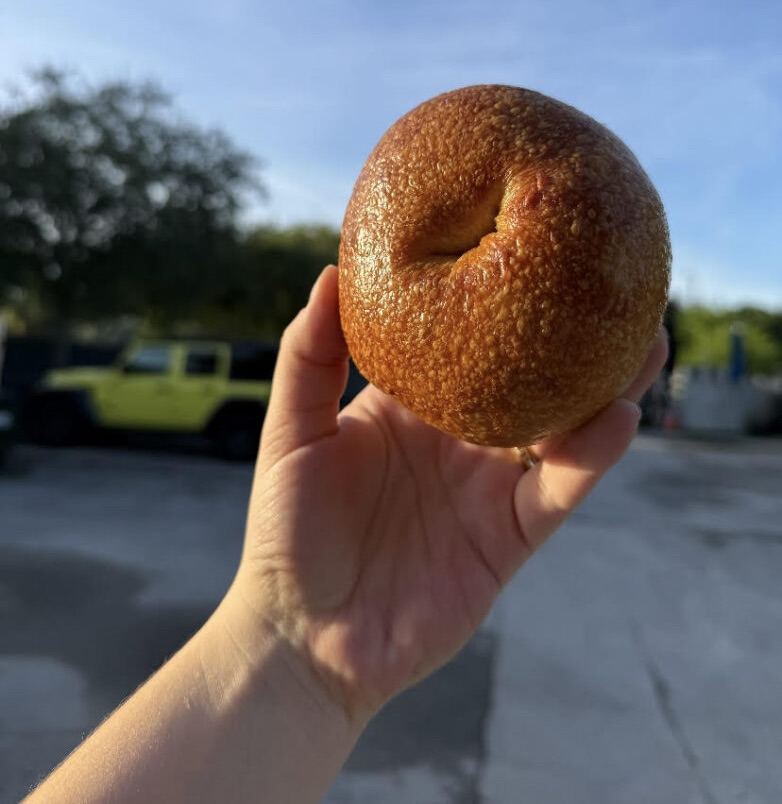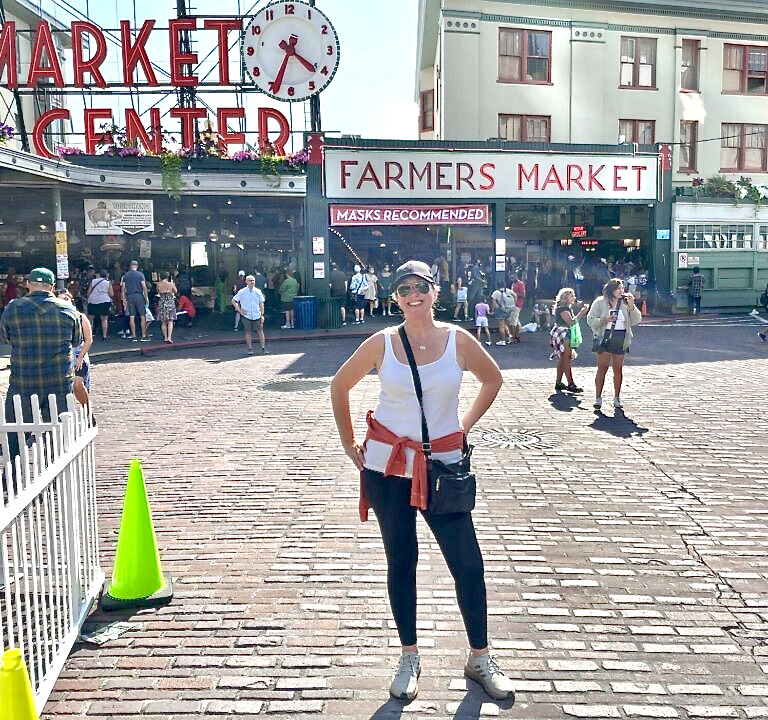
You might think the business of butter is cut and dry (or in this case, creamy). But for award-winning cheesemaker, chef and culinary educator Sheana Davis, butter is serious business. In fact, she released her first cookbook, Buttermonger, earlier this year. The book pulls from Davis’s decades of experience and features over 40 butter recipes, delves into the history of everyone’s favorite condiment, and educates readers on the different varieties of butter (yes, there are many!).
Growing up in Sonoma, California, Davis helped out in the kitchen, assisting her grandfather cooking meals for the farmers and ranchers who convened at the local Grange every week. In her teens, she apprenticed with chef and well known food writer M.F.K Fisher. Today, in addition to her cookbook, Davis is renowned for the creation of Delice de la Vallee cheese, and also, along with her husband Ben Sessions, owns the catering company Epicurean Connection. Sessions is a lifelong wine country resident, wine educator, and helps conduct cheese classes, while Davis’s daughter, Karina Davis is a professional cheesemaker and educator, and helped Davis author the cookbook “Buttermonger.”
So what exactly is so fascinating about butter and how should we go about making our own and finding the best quality in our local stores? We chatted with Sheana to find out.

How did you get you get started in butters?
I learned how to make my first compound butters with M.F.K. Fisher as a teenager. Then, as I [went on] to Culinary School in Sonoma County, I continued to create seasonal compound butters with fruits, spices and preserves from around the globe.
Your new cookbook includes tons of compound butter recipes. Any favorites? And what should people know when trying to pair them?
My favorites currently are wild mushroom, cherry, and Meyer lemon butter. I am also enjoying a spring sorrel butter. When pairing, please think about the creaminess and delicate flavors within the butters to pair with a wine, cider or beverage. With Meyer lemon, I lean towards a bright crisp white or sparkling wine. For cherry, a Pinot Noir to highlight the cherry flavors. For the mushroom butter, I see a Syrah or earthy Rhone blend to enjoy together.
If people are too intimidated to make their own, what should they look for when purchasing butter?
Check with your local cheese departments and inquire if they produce compound butters. Visit your local butcher shops as they frequently have flavored butters to cook the meats within. If you have a local butter producer, you are lucky! I have also come across compound butters in restaurants that then sell the butter packed to go. For those looking for French butter, which is the choice butter for baking, you can go to TasteEurope.com and find a store near you.

Why is butter so important to meals?
Butter merries the palate with [its] creamy-ness, highlighted with the selected herbs, spices and preserves to create a complement to any meal. You can add butter to your sautee, serve with fresh breads, vegetables, proteins, fish and seafood, too.
You also make award-winning cheeses. How are the processes different?
We make Delice de la Vallee, a triple cream cow milk blended with a fresh goat milk cheese. It won best fresh cheese in the country with the American Cheese Society in 2010. Producing butter and cheese is very similar, starting with the quality of milk, pasture fed, humanely treated animals. Both butter and cheese require a bit of art and science when producing, which is the part I truly enjoy. Every batch may come out similar, yet some batches are simply perfect!
What do you think is the main takeaway from your book, “Buttermonger?” What do you want people to learn?
I would like to think that the book will give our guests and readers the confidence to make their own butters at home! I would like them to learn to work with quality butter and add in seasonal ingredients and enjoy it with family and friends.
Any tips for designing a well-balanced cheese or butter board?
For a butter board, I would recommend a theme; I like edible flowers, flavored sugars and walnut baguettes.
For a cheese board, I like to serve three cheeses – a cow, goat and sheep cheese – plus dried or fresh fruits with nuts and a fresh bread. Most of all, select cheeses and flavors you will enjoy and this way you can share your pleasure with your guests.

NEXT ON THE DISH








